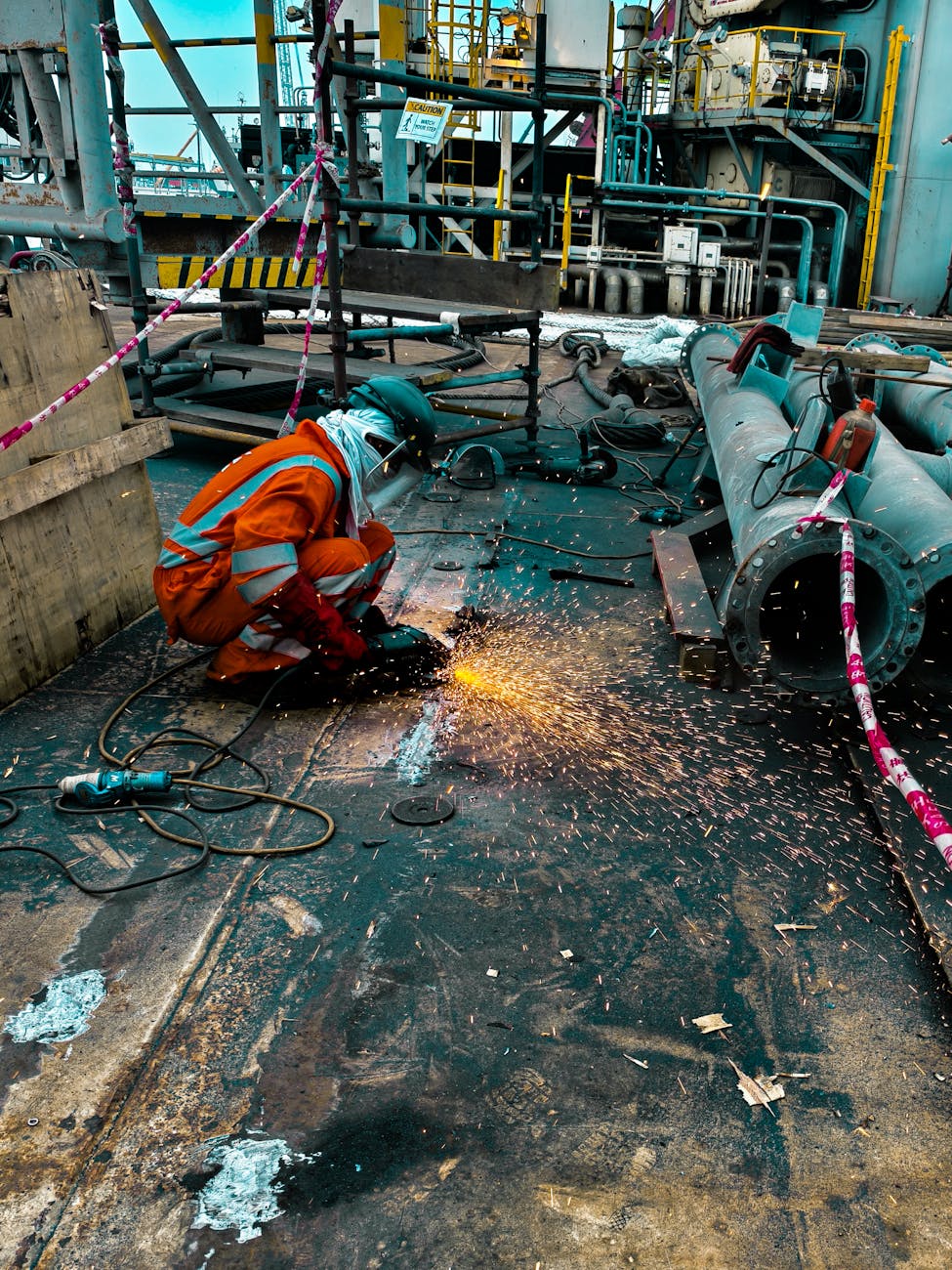
OSHA vs ISO 45001 – Key Differences
Introduction
Workplace safety is governed by different frameworks worldwide, with OSHA (Occupational Safety and Health Administration) and ISO 45001 being two of the most prominent. While OSHA is a U.S. regulatory body with enforceable standards, ISO 45001 is an international voluntary standard for occupational health and safety management systems (OHSMS).
Understanding their differences helps organizations comply with legal requirements while adopting best practices. Below are 15 key differences between OSHA and ISO 45001.
15 Key Differences Between OSHA and ISO 45001
| Aspect | OSHA | ISO 45001 |
|---|---|---|
| 1. Legal Nature | Mandatory (U.S. law) | Voluntary (International standard) |
| 2. Geographic Scope | U.S.-only regulations | Globally applicable |
| 3. Primary Focus | Compliance with legal standards | Risk-based safety management |
| 4. Enforcement | Fines, penalties, and inspections | No penalties; requires certification audits |
| 5. Documentation | Specific records (e.g., injury logs, training records) | Full OHSMS documentation (policies, risk assessments) |
| 6. Worker Involvement | Encourages employee input | Requires active worker participation in decision-making |
| 7. Continuous Improvement | Focuses on meeting minimum standards | Follows PDCA (Plan-Do-Check-Act) for ongoing improvement |
| 8. Certification | No certification—only compliance | Organizations can obtain third-party certification |
| 9. Integration with Other Standards | Standalone regulations | Aligns with ISO 9001 (Quality) & ISO 14001 (Environment) |
| 10. Flexibility | Rigid, industry-specific rules | Adaptable to any organization’s needs |
| 11. Hazard Identification | Reactive (addresses known hazards) | Proactive (identifies potential risks before incidents) |
| 12. Training Requirements | Mandatory training for specific hazards (e.g., forklift operation) | Encourages competency development at all levels |
| 13. Incident Investigation | Required after serious incidents | Systematic approach to investigating all incidents |
| 14. Supplier & Contractor Requirements | Limited influence over third-party compliance | Encourages safety expectations for suppliers & contractors |
| 15. Leadership & Culture | Employer responsibility for compliance | Top management must demonstrate safety leadership |
Same Scenario Comparison:
Scenario: A chemical manufacturing plant wants to enhance workplace safety.
- Under OSHA: Must comply with Hazard Communication Standard (HCS), provide Safety Data Sheets (SDS), and ensure proper labeling—or face penalties.
- Under ISO 45001: Implements a structured OHSMS, conducts risk assessments, trains employees on chemical handling, and continuously improves safety culture—even without legal mandates.
Conclusion
While OSHA is a legal requirement in the U.S. with strict enforcement, ISO 45001 is a flexible, global standard promoting proactive safety management. Companies operating internationally may benefit from aligning with both—complying with OSHA while adopting ISO 45001 for best practices.
OSHA Safety Interview: 50 Questions and Sample Answers
OSHA Safety Officer: 100 Duties of an OSHA Safety Officer
NEBOSH, OSHA, and IOSH Certified Candidates Salary in 2025
NEBOSH VS OSHA VS IOSH, Which is Better in 2025?
OSHA Certified Safety Officer Salary in 2025
FAQs
1. Can a company follow both OSHA and ISO 45001?
Yes, OSHA ensures legal compliance, while ISO 45001 enhances safety management beyond minimum requirements.
2. Is ISO 45001 mandatory?
No, it’s voluntary, but many organizations adopt it for global best practices.
3. Does OSHA certification exist?
No, OSHA compliance is mandatory, but there’s no formal certification.
4. Which is better—OSHA or ISO 45001?
They serve different purposes: OSHA is law, ISO 45001 is a best-practice framework.
5. Can ISO 45001 help with OSHA compliance?
Yes, implementing ISO 45001 can streamline OSHA compliance by improving safety processes.
6. Who enforces ISO 45001?
No enforcement body; compliance is verified through third-party audits.
7. Are small businesses required to follow OSHA?
Yes, OSHA applies to most U.S. employers, regardless of size.
8. Does ISO 45001 replace OSHA?
No, OSHA remains a legal requirement in the U.S., while ISO 45001 is an additional tool.
9. How often are ISO 45001 audits conducted?
Typically every 3 years for recertification, with annual surveillance audits.
10. Can OSHA fines be avoided with ISO 45001?
Not necessarily, but ISO 45001 can reduce risks and improve compliance.